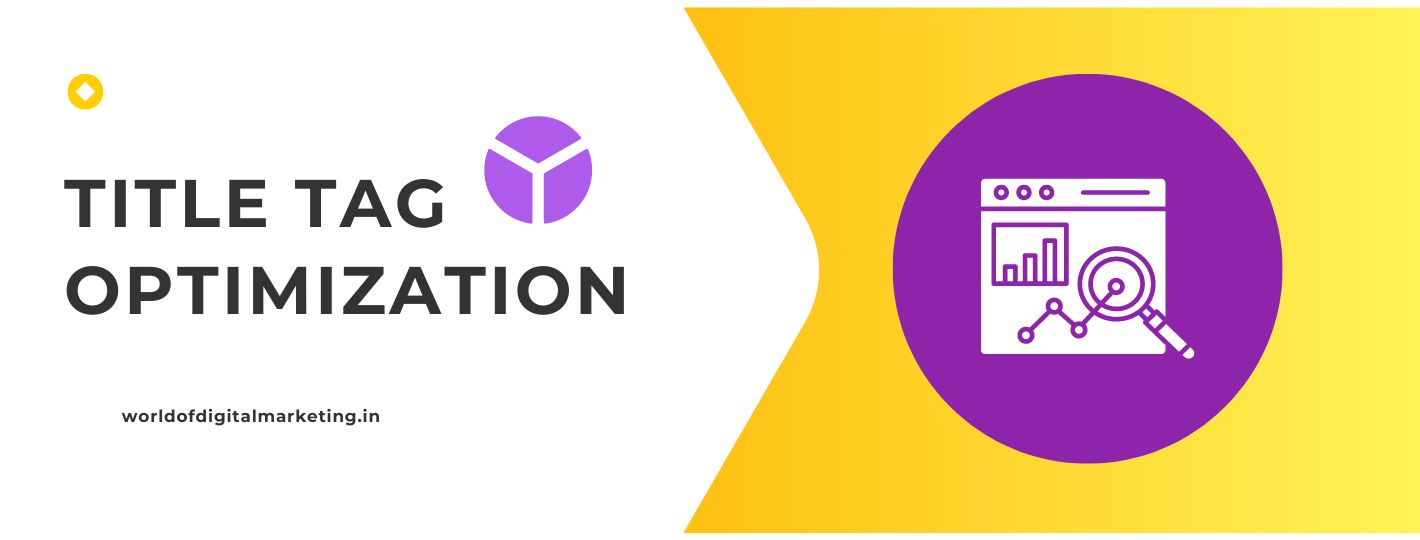Comprehensive Guide To GA4.
Google Analytics 4 (GA4) is the latest version of Google’s web analytics platform, which helps businesses track and analyze website and app traffic. Here’s a comprehensive guide to GA4, including its terms, uses, and importance:
Terms Related to GA4
- Property:
- A GA4 property is a unique tracking entity that collects data for your website or app. Unlike Universal Analytics, GA4 can track both web and app data within a single property.
- Data Stream:
- Data streams are the sources from which data is collected. In GA4, you can set up separate data streams for websites, iOS apps, and Android apps within the same property.
- Events:
- Events are user interactions on your website or app. GA4 uses an event-based model, meaning almost every user interaction (e.g., page views, button clicks, file downloads) is tracked as an event.
- Parameters:
- Parameters provide additional information about events. For example, an event for a button click might include parameters such as button_text or page_location.
- User Properties:
- These are attributes or traits assigned to users, like demographics or user preferences, which help in segmenting and analyzing user behavior.
- Conversions:
- Conversions are significant actions completed by users, such as making a purchase or signing up for a newsletter. In GA4, any event can be marked as a conversion.
- Audience:
- Audiences are segments of users grouped together based on certain criteria or behavior. You can create custom audiences in GA4 for more targeted analysis and remarketing.
- Explorations:
- Explorations are advanced analysis techniques available in GA4 that allow for more detailed and customized data analysis compared to standard reports.
- User Explorer:
- A tool within GA4 that lets you drill down into individual user journeys to see specific user interactions and behaviors.
- Funnels:
- Funnels in GA4 are sequences of events that you define to analyze how users move through a series of steps leading to a conversion.
- Engagement Metrics:
- Metrics such as engaged sessions, engagement rate, and engaged session duration that measure user interaction quality on your website or app.
- Predictive Metrics:
- GA4 includes machine learning models that provide predictive metrics like purchase probability and churn probability, helping to anticipate user behavior.
- Click here to know How To Create Property In GA4.
Uses of GA4
- Cross-Platform Tracking:
- GA4 allows for the collection of data from both web and app sources within a single property, providing a unified view of user interactions across platforms.
- Enhanced Measurement:
- GA4 offers automatic tracking of certain events without needing additional code, such as scrolls, outbound clicks, site search, video engagement, and file downloads.
- Custom Reporting:
- Users can create custom reports and dashboards tailored to specific business needs, utilizing the flexibility of the new event-based data model.
- User-Centric Data:
- GA4’s user-centric approach focuses on tracking the entire customer journey, offering insights into how users interact with a brand across different touchpoints.
- Privacy-Centric Design:
- With an increased focus on user privacy, GA4 includes features to help comply with data privacy regulations like GDPR and CCPA, such as IP anonymization and data retention controls.
- Integration with Google Products:
- GA4 seamlessly integrates with other Google products, including Google Ads, BigQuery, and Firebase, enhancing marketing and data analysis capabilities.
Importance of GA4
- Future-Proofing:
- GA4 is designed to adapt to a future with increasing data privacy restrictions and less reliance on cookies. It’s built to be more flexible and scalable to accommodate changing data collection needs.
- Comprehensive Insights:
- By combining data from multiple platforms and using advanced machine learning, GA4 provides deeper insights into user behavior, helping businesses make data-driven decisions.
- Improved ROI:
- The ability to track conversions more accurately and optimize marketing campaigns based on detailed user data can significantly improve return on investment.
- Enhanced User Engagement:
- With detailed engagement metrics and predictive insights, businesses can better understand user preferences and tailor their content and marketing strategies to enhance user engagement.
- Streamlined Reporting:
- GA4’s advanced reporting capabilities allow for more intuitive and detailed analysis, reducing the time and effort required to generate meaningful reports.
Conclusion
GA4 represents a significant shift from traditional analytics models, focusing on user-centric, event-based data collection and analysis. Its advanced features, cross-platform tracking, and emphasis on privacy make it a crucial tool for businesses looking to gain deeper insights into user behavior and optimize their digital strategies.


